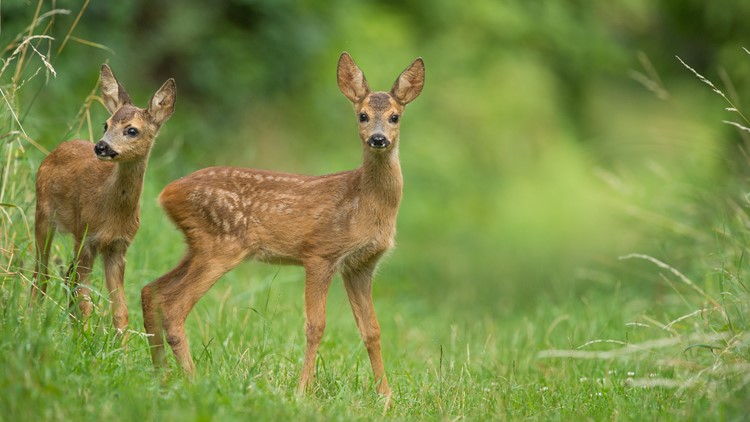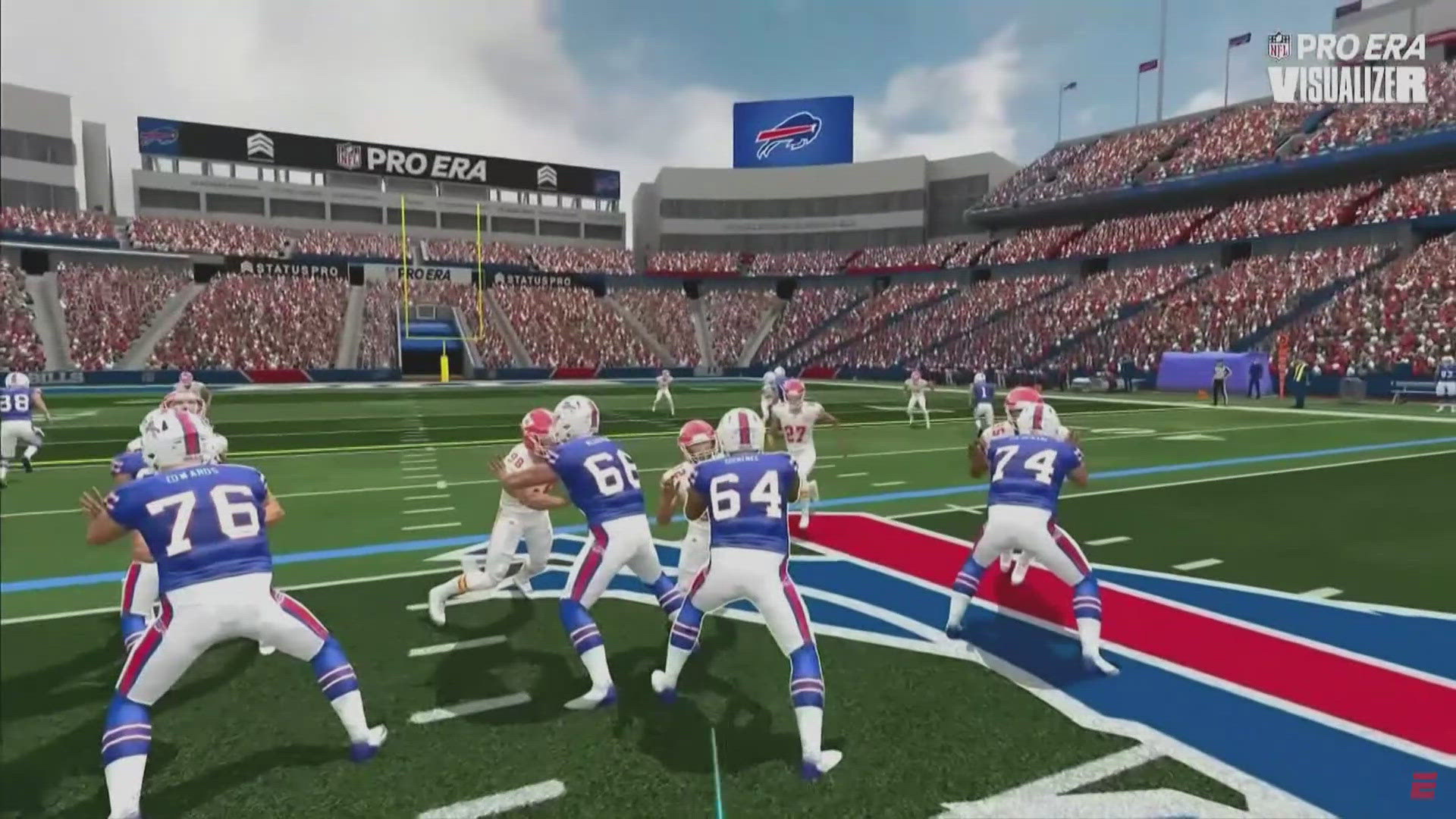ALBANY, N.Y. — The New York State Department of Motor Vehicles and the Department of Environmental Conservation urge drivers to watch out for deer and moose.
Deer and moose are more active and more likely to be on the roads in the months of October, November, and December.
Early fall is breeding season for moose in northern New York and they're looking for mates which leads them to wander in areas like streets.
“New York’s roadways are as beautiful as ever during the fall months, but it’s also when deer and moose are more active so motorists must drive with extra caution to help avoid a collision. Watch for deer-crossing signs along roadways, as they indicate deer have been seen at that location and have collided with cars there. Those signs are meant to warn you to be extra cautious when driving through such locations,” said DMV Commissioner and Chair of the Governor’s Traffic Safety Committee Mark J.F. Schroeder.
The University at Albany’s Institute for Traffic Safety Management and Research says last year in a span of three months, vehicle and deer collisions accounted for 41% of car accidents.
In the Adirondacks and surrounding areas, moose are more out on the streets as well.
Drivers should be careful in the early mornings and late nights because of heavy traffic and other animals are more likely to come out.
Precautions to lessen the chance of hitting a deer or moose:
- Slow down when you approach deer near roads. Deer can "bolt" or change direction at any minute.
- If you see a deer go across the road, slow down and be careful. Deer often travel in groups, so expect other deer to follow.
- Use emergency lights or a headlight signal to warn other drivers when deer are seen on or near the road.
- Drive extra careful on roads with deer crossing signs and be extra cautious when driving at dawn or dusk, when animals move more and it's harder to see.
In the event you see an animal on the street, do not brake hard, brake slowly to avoid swerving.
Swerving can lead to a collision with another vehicle, tree, pole, or other objects nearby.
If an animal is hit, DEC advises drivers to stay away from the animal as it can possibly attack you.
Tips if you hit an animal:
- Move your vehicle to a safe place. It is recommended to the side of the road so other cars are not hit and turn on your hazard lights as you wait for help.
- Call the police if the animal is blocking traffic and creating a threat to other drivers.
- If the collision results in injury, death, or more than $1,000 in property damage, you must fill out an official crash report and send it to DMV.
- Don't assume your vehicle is safe to drive. Look for leaking fluid, loose parts, tire damage, broken lights, and other safety hazards.
- If your vehicle is not safe to drive, call a tow truck
Moose are also much larger and taller than deer. They are harder to see at night because of their dark brown to black coloring and their height which is above vehicle headlights.
For more information about deer and moose, it can be found on the DEC's website. For information on safety tips about special driving conditions or driving emergencies, you can go to the DMV's website.



